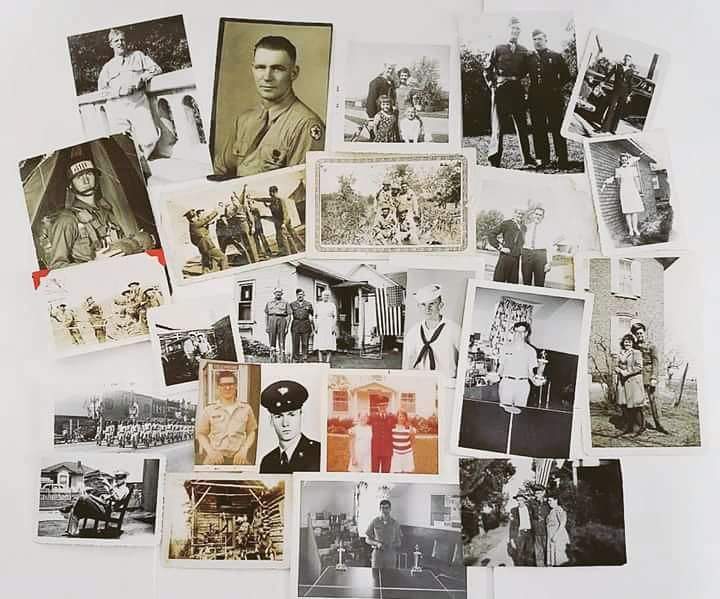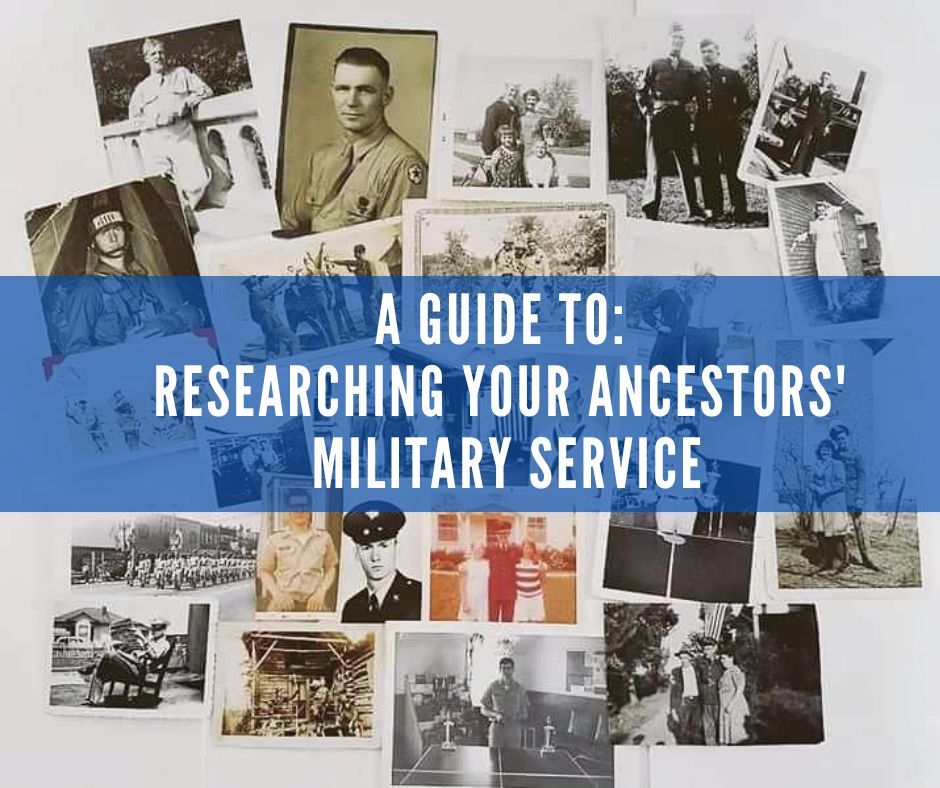Discovering the military service of your ancestors can offer profound insights into their lives and the history of your family. Whether you’re seeking to honor their legacy, uncover untold stories, or simply satisfy your curiosity, researching military records can be a rewarding journey. Here’s a step-by-step guide to help you navigate the process:
1. Start with What You Know:
Begin by gathering any information you already have about your ancestor’s military service. This could include their name, birth date, death date, branch of service, and any known locations where they served.
2. Interview Family Members:
Reach out to relatives who may have knowledge or documents related to your ancestor’s military service. They may possess letters, photographs, discharge papers, or other valuable artifacts that can provide clues for further research.
3. Search Online Databases:
Explore online databases and genealogy websites that specialize in military records. Websites like Ancestry.com, Fold3, and National Archives’ Access to Archival Databases (AAD) offer extensive collections of military records, including service records, pension files, and more.
4. Consult Military Archives and Museums:
Contact military archives, libraries, and museums that may hold records pertaining to your ancestor’s service. Institutions like the National Archives and Records Administration (NARA) in the United States and the National Archives in other countries can provide access to official military documents and historical resources.
5. Utilize Government Resources:
Check with government agencies responsible for military records, such as the Department of Veterans Affairs (VA) in the United States. They may offer assistance in obtaining service records, medals, and other pertinent information.

6. Analyze Military Records:
Once you’ve located relevant records, carefully analyze them for details about your ancestor’s military service. Look for information on enlistment dates, units or regiments, ranks, battles or campaigns participated in, and any awards or commendations received.
7. Explore Additional Sources:
Expand your search beyond official military records by exploring supplementary sources of information. This could include local newspaper archives, historical society collections, regimental histories, and veterans’ organization records.
8. Visit Military Memorials and Cemeteries:
Consider visiting military memorials, cemeteries, and battlefields associated with your ancestor’s service. Paying homage to these sites can offer a tangible connection to their military experience and provide opportunities for further research.
9. Document Your Findings:
Keep detailed records of your research findings, including citations for sources consulted. Organize documents, photographs, and other materials in a systematic manner to facilitate future analysis and sharing with other family members.
10. Share Your Discoveries:
Share your research findings with family members and contribute to the collective understanding of your family’s military history. Consider compiling your findings into a written narrative, creating a family history website, or participating in genealogy forums to connect with others researching similar ancestors.
By following these steps and employing persistence and patience, you can unlock the rich tapestry of your ancestors’ military service and honor their contributions to your family and country. Happy researching!

